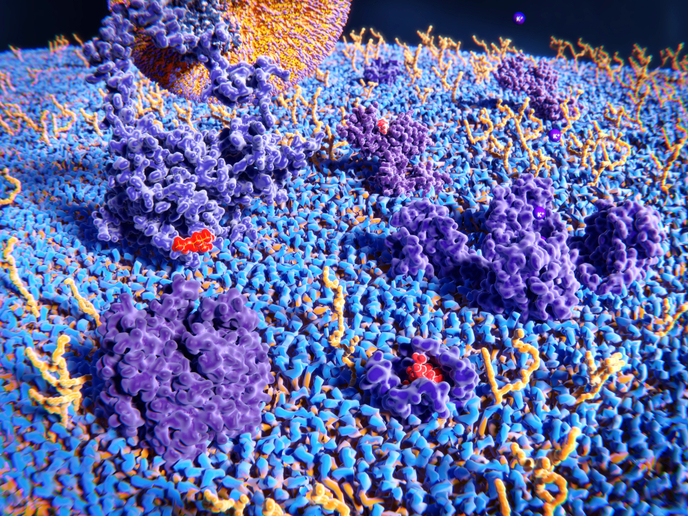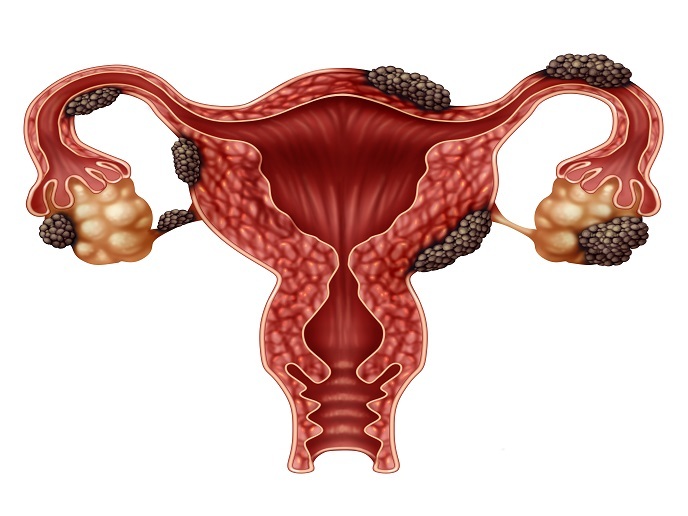Cell-on-chip technology for toxicity screening
There is increasing pressure for reducing animal testing in toxicity screens, necessitating the development of novel screening methods. Cell-based assays in culture plates have been proposed as alternatives for toxicity screening. To obtain the maximum amount of information, scientists have proposed to mimic DNA chip experiments by replacing the DNA spots with drops of cell culture. Such a system would provide an association between cell phenotype and chemical toxicity. Alongside such an approach, the EU-funded Toxdrop project aimed to develop an innovative 'cell-on-chip' technology for toxicity screening. The goal was to generate an automated approach for high-throughput toxicity screening using a revolutionary format of cellular nanodrops formed on a glass slide. In order to facilitate toxicity analysis within these cellular nanodrops, two separate approaches were tested, namely fluorescent quantification of proteins and secondary ion mass spectrometry (TOF-SIMS). Using various cell lines, it was possible to detect the three-dimensional (3D) distribution of molecules from both the cell membrane and the cell nucleus, and perform multiplex phenotypic characterisation. Given the large amount of information to process, new software tools were also developed and a shared database was established. The Toxdrop cell-on-chip assay presents a promising, automated alternative method for high-throughput screening of drugs and chemicals. Its commercialisation potential is expected to significantly benefit the pharmaceutical sector.







